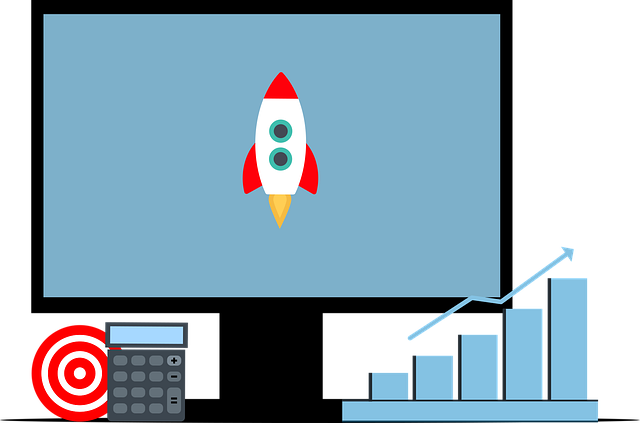AI Computer Vision is a game-changer that teaches machines to interpret visual data, similar to human perception. This technology enables efficient processes in various sectors, notably healthcare and manufacturing. In the food industry, AI dietary preference tagging engines revolutionize product categorization and recommendations by analyzing images, recipes, reviews, and user profiles. These engines suggest personalized diet plans, enhance product discovery, and improve user satisfaction, driving business growth. As computer vision advances, its impact on streamlining business processes will grow, reshaping multiple industries, including food platforms and dietary research.
“Explore the transformative power of Artificial Intelligence (AI) in computer vision and its profound impact on various industries. This article delves into three key areas: understanding AI’s ability to interpret visual data, witnessing its revolutionizing effect on food industry through precise AI dietary preference tagging, and examining advanced computer vision applications that act as powerful ‘engines of change’ for business processes. Discover how these innovations are reshaping our world.”
- Understanding AI Computer Vision: Unlocking Visual Data Potential
- AI Dietary Preference Tagging: Revolutionizing Food Industry with Precision
- Engines of Change: Enhancing Business Processes through Advanced Computer Vision Apps
Understanding AI Computer Vision: Unlocking Visual Data Potential

AI Computer Vision is a revolutionary technology that enables machines to interpret and understand visual data from images and videos, much like humans do. It’s about teaching computers to ‘see’ and make sense of their surroundings by processing pixels and patterns. This technology has a wide range of applications across industries, from healthcare to manufacturing.
By leveraging AI Computer Vision, businesses can unlock the vast potential hidden within visual data. For instance, in e-commerce, it can power intelligent search engines that tag products based on dietary preferences or even enable automatic quality control by detecting defects in food items. This not only enhances efficiency but also offers personalized experiences to customers, aligning with their specific needs and choices.
AI Dietary Preference Tagging: Revolutionizing Food Industry with Precision

AI dietary preference tagging is transforming the food industry by enabling precise categorization and targeting of products based on individual health and taste preferences. These advanced AI engines leverage computer vision, natural language processing, and machine learning algorithms to analyze vast amounts of data from various sources, including images, recipes, reviews, and user profiles. By understanding consumer behavior and dietary needs, these systems can accurately tag foods with relevant metadata, such as nutritional content, allergens, and flavor profiles.
This precision allows businesses to cater to diverse customer segments effectively. For instance, AI engines can recommend specific diet plans tailored to users’ preferences, whether they follow keto, vegetarian, gluten-free, or other specialized diets. Moreover, these technologies enhance product discovery by providing personalized search results and curated collections, ultimately improving user satisfaction and driving business growth in the competitive food market.
Engines of Change: Enhancing Business Processes through Advanced Computer Vision Apps

In today’s digital era, advanced computer vision applications powered by AI are emerging as powerful tools to revolutionize various business processes. These cutting-edge technologies have transformed the way industries operate, enhancing efficiency and enabling unprecedented insights. By leveraging machine learning algorithms and deep neural networks, computer vision apps can analyze and interpret visual data with remarkable accuracy, opening up a world of possibilities for businesses across sectors.
One notable application is the use of AI dietary preference tagging engines. These systems can automatically categorize and tag images or videos of food items based on nutritional content and consumer preferences. This capability streamlines content management in food-related platforms, personalized recommendation systems, and even dietary research by efficiently organizing vast visual datasets. As computer vision continues to evolve, its impact on optimizing business processes will only grow, reshaping the landscape of numerous industries.
Computer vision powered by AI is transforming industries, from food production to business operations. Applications like AI dietary preference tagging and advanced process enhancement demonstrate the vast potential of visual data analysis. As technology advances, these tools will continue to unlock new possibilities, streamlining workflows, improving precision, and revolutionizing sectors globally. Embracing these innovations is key to staying competitive in today’s digital landscape.
